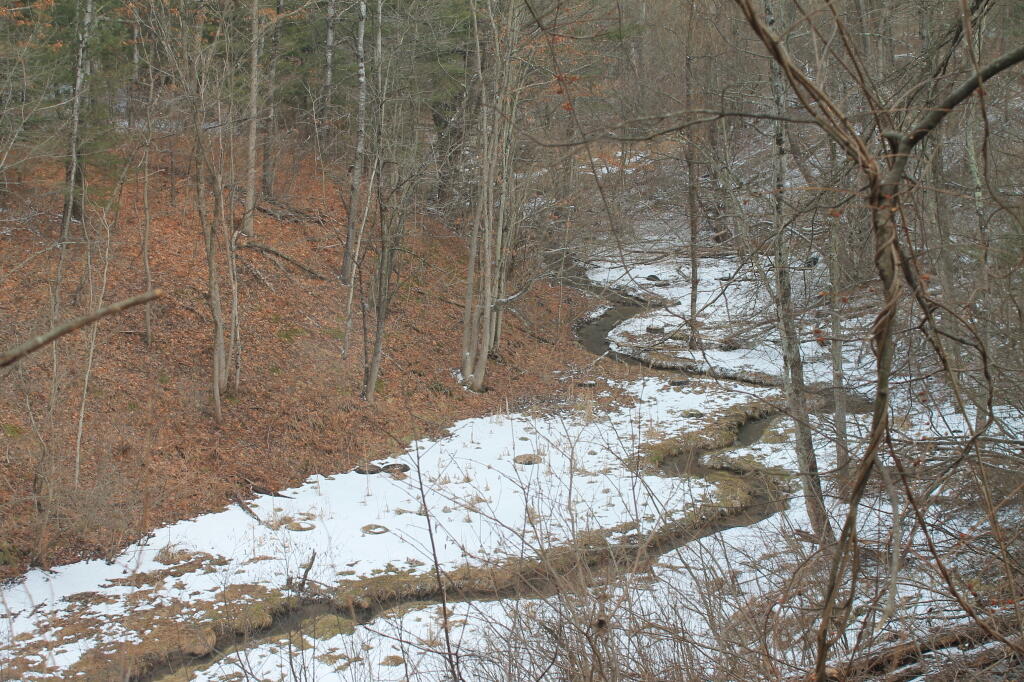Albany Pine Bush
Solo Road Trip Through the Forgotten South (Stuck in Time)
Barrens
The blue skies, for a while, was a refreshing change on this most mild of early spring mornings.
Taken on Saturday March 30, 2019 at Albany Pine Bush.Kiakout Kill winds through late winter.
Cuts a winding path through the landscape if a winter that was.
Taken on Friday April 12, 2013 at Albany Pine Bush.Rapp Road Historic District – Year of Construction
Catskills at Dusk
Eastern Albany Pine Bush Summits Over 325 Feet
This map shows the 300 or so points in the Albany Pine Bush Study Area, that are above 325 feet in elevation and are a prominence around the surrounding land. The landfill is the highest peak at 432 feet above sea level, while Overlook Dune near the Albany Pine Bush Discovery Center tops out at 374 feet above sea level. The highest dune can be seen from the Traux Trailhead on Kings Road, which tops out 390 feet above sea level.
Data Source: Albany County LIDAR Digital Elevation Models. Dune peaks obtained by using the GRASS plugin in QGIS with r.param.scale, method=feature, then r.reclass to remove anything but value=6 to create peaks, then r.tovect to convert to vector areas, then used zonal statistics to find the maximum value on the peak, then extracted the centroids of the polygons.



